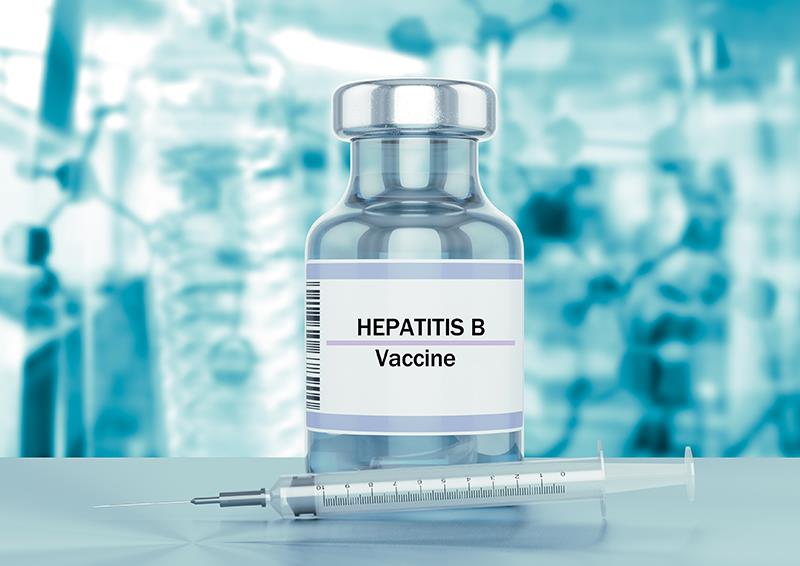Newer hepatitis B vaccine provides superior protection for people with HIV





People living with HIV who have no history of hepatitis B virus (HBV) infection or documented response to vaccination appear to have a stronger immune response to the hepatitis B vaccine with a cytosine phosphoguanine adjuvant (HepB-CpG) than that with an aluminum hydroxide adjuvant (HepB-alum).
In the phase 3, open-label BEe-HIVe trial, the two- and three-dose HepB-CpG regimens yielded a seroprotection response rate of 93.1 percent and 99.4 percent, respectively, at week 28. In comparison, three doses of HepB-alum vaccine produced a response rate of 80.6 percent. [JAMA 2024;doi:10.1001/jama.2024.24490]
The stratified difference in seroprotection response between either HepB-CpG dose regimens and the HepB-alum vaccine (two doses: 12.5 percent, 97.5 percent confidence interval [CI], 4.1–20.9; three doses: 18.4 percent, 97.5 percent CI, 10.4–26.2) not only indicated noninferiority but established superiority of the HepB-CpG vaccine, according to the investigators.
Already at week 12, more than 90 percent of participants who received the HepB-CpG vaccine attained seroprotection. Notably, the percentage of participants with antibody titre against HBsAg that was greater than 1,000 mIU/mL was higher with the three-dose HepB-CpG regimen (78.1 percent) than with the two-dose regimen (26.4 percent) and with HepB-alum (35.2 percent).
No unexpected safety concerns emerged during the trial.
“These results suggest a potential path forward for the large number of people living with HIV who can’t get protection from older hepatitis B vaccines,” said first study author Dr Kristen Marks, an infectious disease specialist at New York-Presbyterian/Weill Cornell Medical Center in New York, New York, US.
The FDA-approved HepB-CpG vaccine, with its demonstrated superior efficacy, may replace alum-adjuvant vaccines as the preferred choice for boosting immunity against hepatitis B in HIV-positive individuals with limited pre-existing antibody protection, Marks added.
The author shared that she and her colleagues are already evaluating the long-term durability of antibody responses.
BEe-HIVe included 561 adults (median age 46 years, 64 percent male) with HIV receiving antiretroviral therapy (CD4 cell count ≥100 cells/μL and HIV RNA <1000 copies/mL) who were enrolled at 40 sites across North and South America, Africa, and Asia (42 percent Black, 35 percent White, 17 percent Asian).
The participants were randomly assigned to receive one of the following regimens: (1) two doses of HepB-CpG vaccine administered intramuscularly at weeks 0 and 4; (2) three doses of HepB-CpG vaccine administered intramuscularly at weeks 0, 4, and 24; (3) and three doses of HepB-alum vaccine administered intramuscularly at weeks 0, 4, and 24.
The primary outcome of seroprotection, defined as level of antibody titre against HBsAg ≥10 mIU/mL, was evaluated at week 12 for the two-dose regimen (8 weeks after dose two) and at week 28 for the three-dose regimens (4 weeks after dose three).